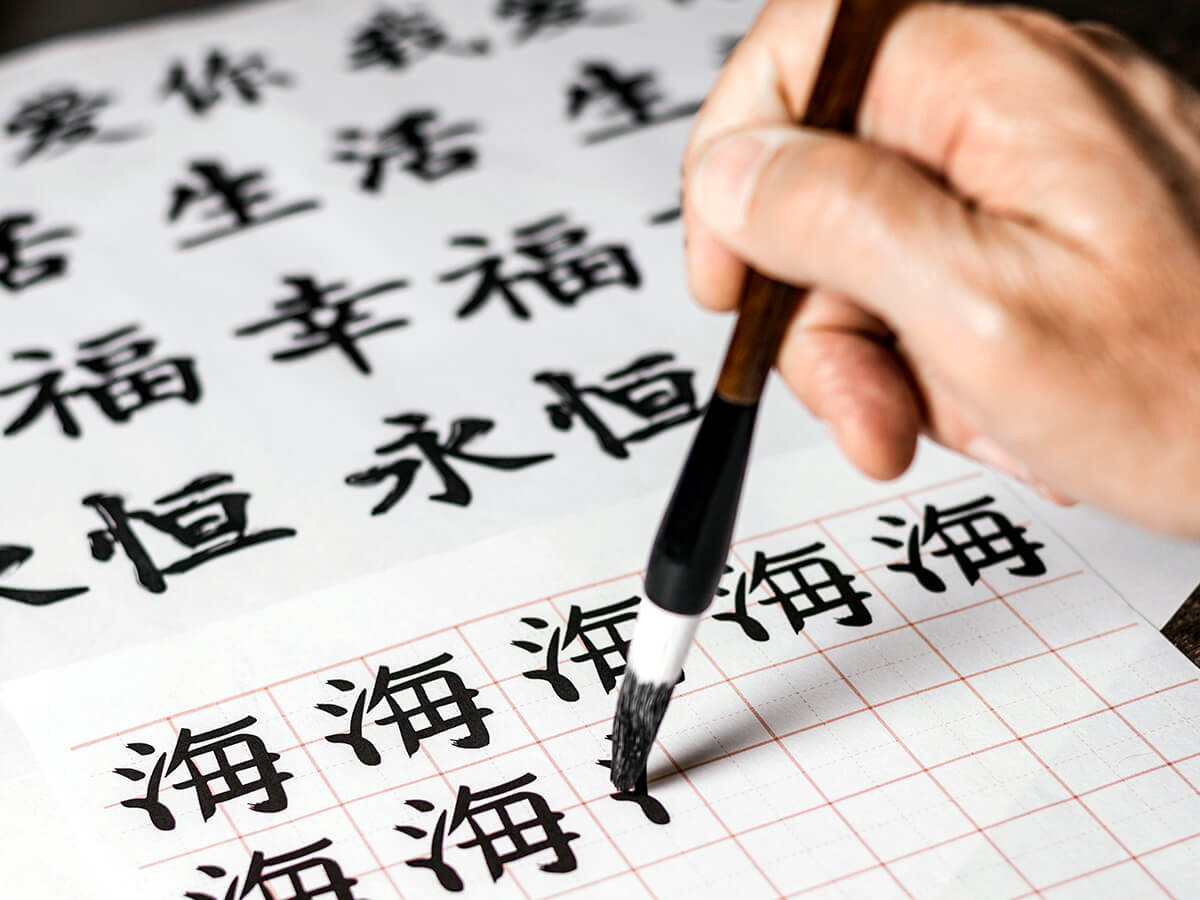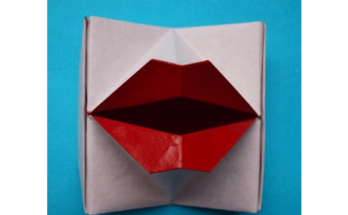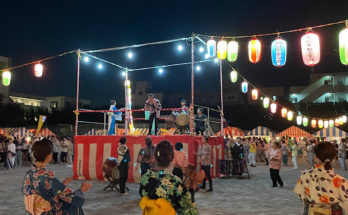Welcome to kanji (漢字) world!! If you’ve studied Japanese as a second language, I’m pretty positive that you’ve had to face the adversities of learning kanji at least once (unless you are from China or Taiwan where people also use Kanji in their languages). For people from non-kanji cultures, the fact that each kanji has several different meanings with several different pronunciations along with a strict order of strokes makes learning Japanese very complicated. I’m not sure which is tougher: for native English speakers to learn Japanese or vice-versa. But do you know that a public organization named 日本漢字能力検定協会 (“The Japan Kanji Aptitude Testing Foundation”) releases one iconic “kanji of the year” which represents the most iconic incidents, accidents, or disastrous happenings of the year in December?
In this article, you will learn how kanji plays a significant role for Japanese people and their daily lives.
What is the “kanji of the year”?
According to the website of The Japan Kanji Aptitude Testing Foundation, the first release of the kanji of the year was on December 12th,1995, and it has announced 26 kanji of the year on the same day each year as of 2020. The foundation’s initial purpose was to enlighten the public regarding the excellence and significance of kanji. I personally have a feeling that it has become a kind of nationwide tradition since the Japanese media, even the governmental broadcasting company NHK, always show the head Buddhist monk of Kiyomizudera (清水寺), one of the most popular and renowned Buddhist temples in Japan located in Kyoto (京都), as he wildly strokes the kanji of the year on a huge piece of Japanese-made paper (150cm×130cm) with a 26cm-long giant brush.
The reason they release the kanji on the exactly same day each year is that December 12th can be read “Ii Ji Ichi Ji” (いい字一字) in Japanese, which is roughly translated as, as the foundation wishes, “Wishing people will be able to learn at least one kanji which contains the meaning of happiness and joy.” December 12th has also been established as the Day of Kanji, as they explain. Obviously, it’s a made-up word, and almost no one except a bunch of kanji geeks knows that December 12th has such a meaning. However, the dynamic brushing performance of Seihan Mori, the head monk of Kiyomizudera, has attracted many people for over a quarter century, and many people in Japan are curious about what kanji will be chosen each year.
How is it selected?
Every year, they begin publicly seeking proposals for one kanji that represents the events, incidents, natural disasters, or basically anything which took place throughout the year around from early November until nearly a week before December 12th. The foundation selects one kanji that is most voted for. For your reference, according to their website, they received 208,025 proposals both from individuals and organizations in 2020, and the winner was “密” (Mitsu) with 28,401 votes, or 13.65% of the total ballots.
“密” (Mitsu) represents a state or place where many people get together and there isn’t enough room to move around, or it simply means “jam-packed.” As you can easily imagine that people all over the world, including Japanese people, had to change their lifestyle completely, it was selected for the reason that it has been warned all year round that people should avoid the 3 Cs (Crowded places, Close–contact settings, Confined and enclosed spaces) in order to not get infected by Coronavirus. For those who are keen on learning kanji, it also has other meanings, such as doing something sneakily or secretly. In the political world, there was an incident in which the Japanese prime minister sneakily made a decision to decline the recommendation of appointing six new members of Science Council of Japan, a special organization associated with Japanese governments which represents Japanese scientists and scholars, without disclosing any detailed reasons, citing the need of keeping classified information related to personnel matters. The controversial decision spurred huge objections from both ex- and current members of the council since this kind of rejection had never occurred before. The foundation’s website also explains that quite a few people voted for this kanji while being upset with the sneaky actions taken by Japanese government.

If you have studied Japanese before, it could be a good way to take a wild guess at what happened in Japanese society from the kanjis selected each year. Here may be some other interesting iconic kanjis of the year I choose.
2017; 北(きたKita、ほくHoku=North)
In 2017, North Korea launched ballistic missiles over Hokkaido many times. Japan’s nationwide emergency auto alerting system named “J alert” was distributed from the government of Japan to detect the missile launches instantly after they took off the ground. In addition to that, consecutive torrential rain caused severe damage in the northern Kyushu area. The 24 hour rainfall broke the record high in modern Japanese history .
2014: 税(ぜいZei=Tax, taxation)
The consumption tax was raised from 5% to 8% for the first time in 17 years in Japan, despite the fact that many Japanese citizens didn’t feel that their financial status had improved drastically due to long-lasting economic deflation. By the way, it was raised again to 10% in 2019, and Japanese government hinted that they would still set the tax rate higher, up to 20% in the future.
2010: 暑(あつ(い)Atsu(i)=Hot)
There were a record-breaking number of extremely hot days that reached over 35 Celsius degrees in summer this year. This consecutive extremely blazing hot and sticky weather caused heat stroke for tons of people and also poor catch of shellfish and sea fish. Many people in Japan must have realized that global warming was an imminent danger arising around us.
1998:毒(どくDoku=Poison)
There was a horrible incident in which the defendant is still pleading not guilty even after the Supreme Court gave her a sentence of capital punishment 12 years ago. A local housewife was arrested for murdering 4 people by poisoning the curry and rice she sold at a local small summer festival in Wakayama Prefecture. This murder case completely shocked and terrified Japanese society, and it was one of the tragically iconic incidents that happened in 1998.
If you are keen on getting familiar with each Kanji of the year from 1995 to 2020, you can easily find more information by googling “Kanji of the year Japan.” As a Japanese citizen, it would be more than delightful for me if any of non-Japanese native readers get interested in Japanese language and kanji.

Works at one of the most important international universities in Japan as a member of the administrative staff after serving the Japanese government as a civil servant.
Born and raised in Yokohama, he is now raising two daughters there with his wife. After studying abroad in Vancouver, Canada for a year in his mid 20’s, he then realized that communicating in English with people from all over the world is so much fun.
Obsessed with playing basketball, working out, and learning Japanese history. A huge fan of curry and rice and Buddha statues.





 HTJ has a YouTube page! Check it out
HTJ has a YouTube page! Check it out